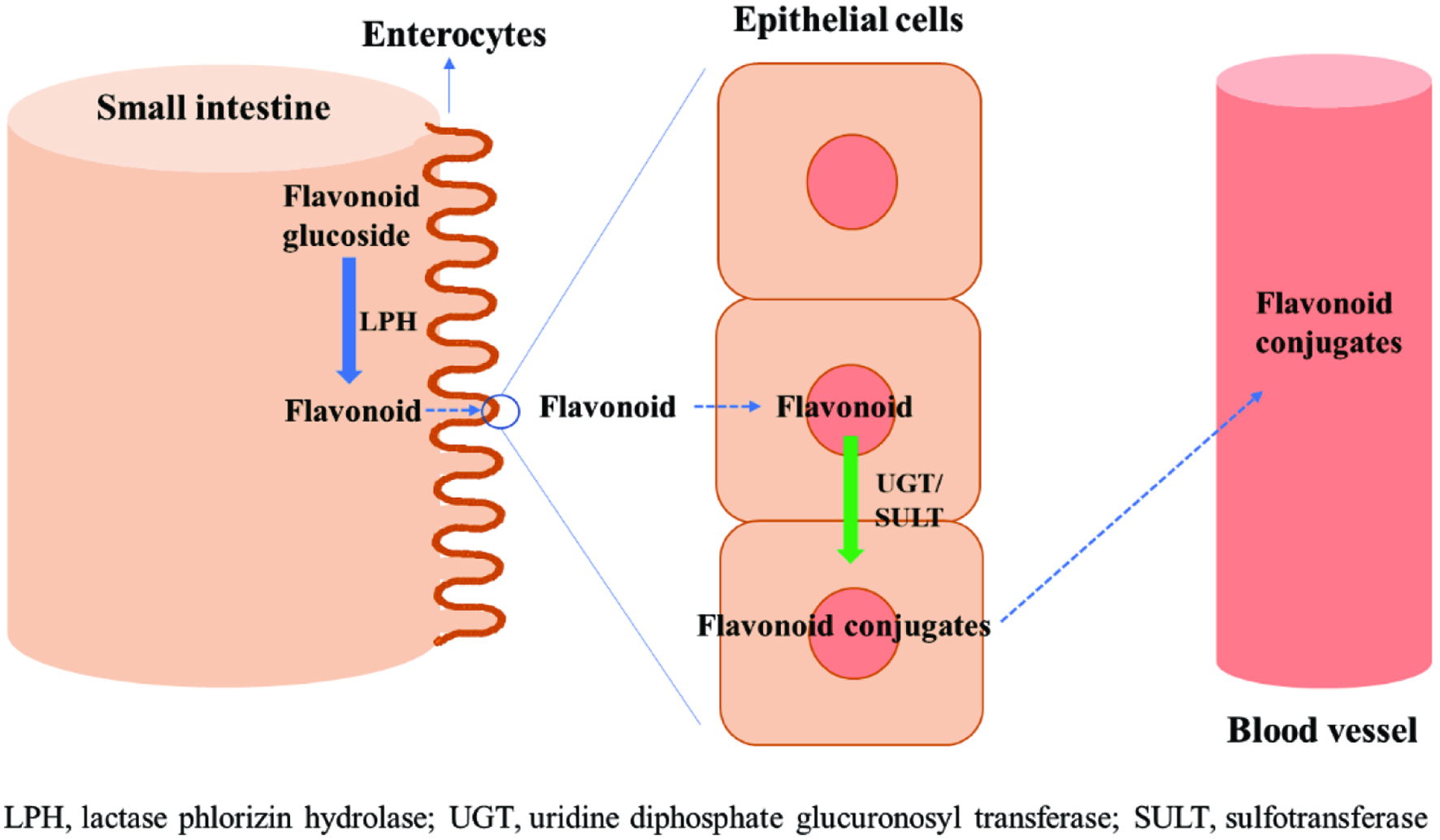
Figure 1. Absorption mechanism of flavonoid glucosides in the small intestine.
| Journal of Food Bioactives, ISSN 2637-8752 print, 2637-8779 online |
| Journal website www.isnff-jfb.com |
Review
Volume 9, March 2020, pages 23-35
Should the in vitro colorimetric assays in antioxidant and lipid oxidation evaluation be abandoned? A critical review focusing on bioactive molecule screening assays in in vitro and in vivo models
Figure

Table
| Antioxidant | Method | Result | Mechanism | Reference |
|---|---|---|---|---|
| Hydroxycinnamic acid | Feeding 14C-labeled hydroxycinnamates (Rat) | Observation of 25% of labeled hydroxycinnamates in body tissue after 2 h | – | Chesson et al. (1999) |
| Ferulic acid | Feeding FA-enriched sem-purified diets (Rat) | Recovery of <50% the ingested dose in urine | Passive diffusion or Na+/dependent carrier-mediated transport | Adam et al. (2002) |
| Cinnamic acid | Mucosal uptake technique (in vitro) | - | Na+/dependent carrier-mediated transport | Wolffram et al. (1995) |
| Quercetin and isorhamnetin glucosides | Ingestion of 270 g of fried onions containing quercetin and isorhamnetin glucosides (Human) | Detection of five metabolites after sulfation and glucuronidation in plasma | Proximal part of the small intestine | Mullen et al. (2006) |
| (−)-Epicatechin, (+)-catechin, and (−)-catechin | Ingestion cocoa-based drink containing epicatechin and catechin (Human) | Detection of trace amounts of metabolites such as (−)-epicatchin-3′-O-glucuronide and (−)-epicatchin-3′-sulfate in plasma | Absorption in the small intestine | Ottaviani et al. (2012) |
| (−)-Epicatechin, (+)-catechin, and (−)-catechin | Ingestion of dark chocolate and measuring metabolites in plasma and urine (Human) | Detection of metabolites such as (−)-epicatchin-3′-O-glucuronide and (−)-epicatchin-3′-sulfate in plasma and approximately 20% of urinary recovery | – | Actis-Goreta et al. (2012) |
| Anthocyanins | Ingestion of raspberries containing cyanidin-based anthocyanins (Human) | Detection of two metabolites such as cyanidin-3-O-glucoside and a cyanidin-O-glucuronide in plasma and 0.007% of urinary recovery | – | Prior, (2012) |